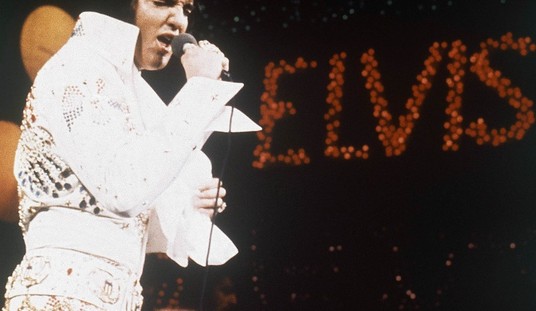
That’s the latest chart from political handicapper Larry Sabato, and it looks like as good a summation of the probabilities as you’re likely to find in a single chart — although it does contain one serious flaw, which we’ll get to in a moment. The best news for the GOP is that voters this cycle don’t seem to be settling on candidates from the Kamikaze Wing of the party. Sabato writes:
The two Republican primary candidates the establishment fears most in the open GOP seat in Georgia – Reps. Phil Gingrey and Paul Broun, who have inspired headlines with the words “Todd Akin 2.0” – are lagging behind other, more electable candidates in polling ahead of the May 20 primary and a likely runoff. A solid GOP candidate there should be able to beat Democrat Michelle Nunn in a Republican state in a Republican year. The same goes for Senate Minority Leader Mitch McConnell in Kentucky: Polls there are close, but this is a Republican running on very Republican turf. These races are competitive, but they are not tossups, either.
Meanwhile, there are 14 Democratic seats that are at least marginally practical targets for Republicans. The bigger the wave, the greater the number that could sink come Election Day.
The problem I see is Sabato’s use of a strict sliding scale to measure probabilities, although that’s probably due to the chart format, rather than anything limited or incorrect in Sabato’s thinking. You can very closely measure House changes in this way, thanks to the limited number of competitive seats, and the comparatively small size of House districts. Look at the party favorability polls, compare to the individual district Cook ratings, and you can safely assume that a Republican X advantage in national polls will equal about Y seats changing hands.
But as I’ve written here many times before, each Senate contest is in effect a national race with national scrutiny. This is the big leagues, and only serious candidates are good for anything but cringing laughs. So it’s a lot more difficult to line up the contested seats from left to right (from blue to red?) and say for sure that X in the national polls means the Dems keep everything to the left of that level and the GOP wins everything to the right. In other words, if the GOP picks up the expected four-to-nine seats, don’t be surprised if there are a couple of ringers in there, along with a couple of “d’oh!” losses.
We’ll know more once the primaries are finished and we’ve had a few weeks to see the candidates in action. Meanwhile, I’ll be enjoying the occasional meal of chewed fingernails and bourbon straight from the bottle.









Join the conversation as a VIP Member